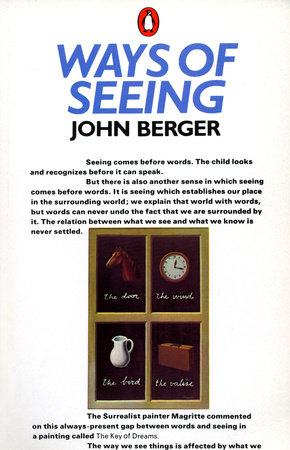
John Berger's four part series, Ways of Seeing, is based upon his written work from 1972 of the same name. It contextualizes the traditions of European artwork, and how we are able to "see" and consume art.
I was particularly interested in his perspective on the invention of the camera, and how it was able to revolutionize our ability to experience our world. It was regarded as a "mechanical eye", capable of capturing and transferring the visible world.
"I am in constant movement. I free myself for today and for ever from human immobility."
"My way leads toward the reation of a fresh perception of the world"
Photography has made art more consumable than ever before, increasing accessibility and reducing the cost of experiencing what before, would've needed to be in your physical presence. It has also drastically increased the number of paintings that are recreated and distributed. This means that we must consider the importance of copywright for physical artworks and paintings, whereas before it may have been less important, because these pieces were unique, and could only exist and be experienced in one place at one time. With photography, as Berger stated, they now can be "seen in a million different places at the same time", each subject to your perception based on the context of your space and understanding. Previously, these copywright laws were mostly focused on written works and inventions, that could be reproduced more easily.